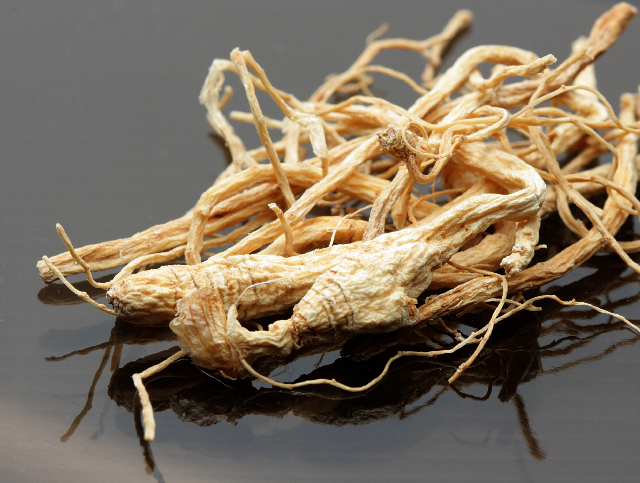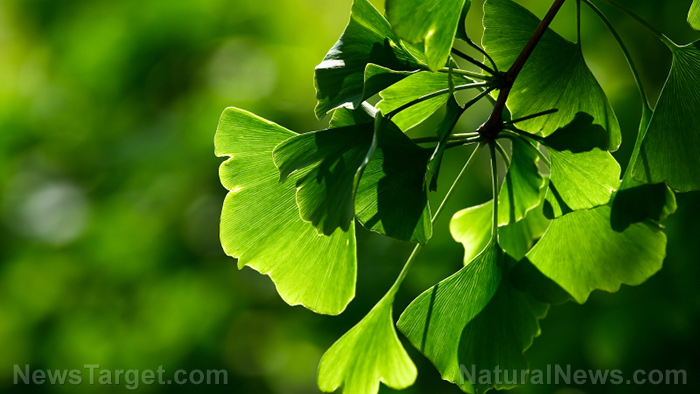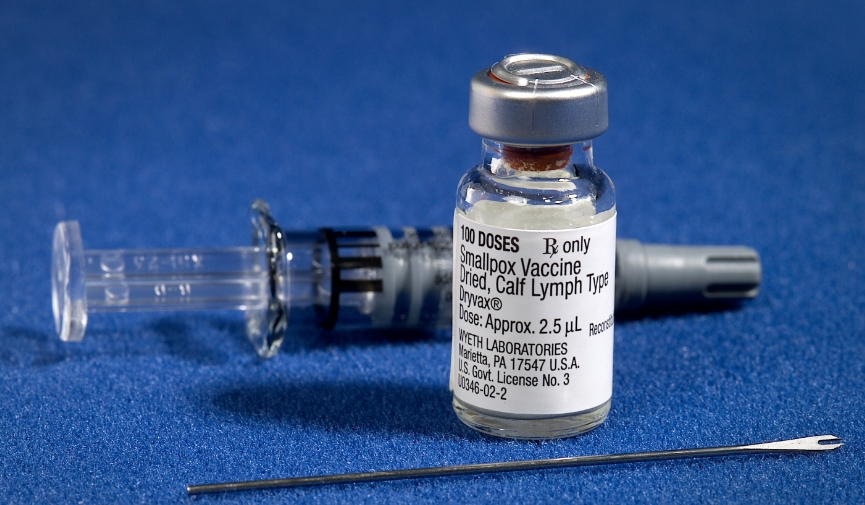The power of Ginseng: A timeless medicinal root for vitality and healing
By avagrace // 2025-03-31
Tweet
Share
Copy

- Panax ginseng, known as the "king of herbs," has been a cornerstone of traditional medicine for over 2,000 years, originating in East Asia and revered for its vitality-enhancing properties. It was first documented in ancient Chinese texts and traded along the Silk Road.
- Ginseng contains ginsenosides, polysaccharides and other compounds with anti-inflammatory, antioxidant and immune-boosting effects. It is studied for its potential to reduce fatigue, improve cognitive function, regulate blood sugar and support sexual health.
- Primarily grown in Korea, ginseng requires six years to mature. It is consumed in various forms, including teas, soups, powders, tinctures and skincare products, with traditional uses like Korean samgyetang (ginseng chicken soup).
- Ginseng is deeply rooted in East Asian culture, symbolizing respect and health. Its unique human-like shape and complex flavor profile make it a versatile ingredient in recipes like ginseng tea, energy bites and infused rice.
- Ginseng remains popular for its adaptogenic properties, aiding in stress management and supporting overall well-being. Researchers continue to explore its therapeutic potential, solidifying its status as a natural medicine.
A root steeped in history
The use of ginseng can be traced back to ancient China, where it was first documented in the Shennong Bencaojing (The Divine Farmer’s Materia Medica), a medical text written around 100 AD. This early pharmacopoeia classified ginseng as a superior herb, reserved for emperors and nobility due to its rarity and perceived ability to promote longevity. The name "Panax" is derived from the Greek word panacea, meaning "all-healing," reflecting the belief in its near-miraculous properties. Over time, ginseng became a prized commodity, traded along the Silk Road and sought after by healers and scholars across Asia. (Related: Asian ginseng found to be effective for treating MS, autoimmune diseases.) Today, ginseng is primarily cultivated in Korea, where the climate and soil conditions are ideal for its growth. The plant requires meticulous care, often taking six years before its roots are harvested. This lengthy cultivation process contributes to its high value and status as a premium herbal remedy.Phytonutrients and health benefits
Asian ginseng is rich in bioactive compounds known as ginsenosides, which are the primary phytonutrients responsible for its therapeutic effects. These saponins have been extensively studied for their anti-inflammatory, antioxidant and immune-modulating properties. Other notable compounds include polysaccharides, flavonoids and polyacetylenes, which work synergistically to enhance the root's health benefits, which include:- Fatigue and stress relief - As an adaptogen, ginseng helps the body adapt to physical and mental stress, reducing fatigue and improving energy levels.
- Cognitive boost - Studies indicate that ginseng may enhance memory, focus and overall brain health, making it a potential ally in combating age-related cognitive decline.
- Immune support - Ginseng's immune-boosting properties may help reduce the frequency and severity of infections.
- Blood sugar regulation - Evidence suggests that ginseng can improve insulin sensitivity and help manage blood sugar levels in individuals with Type 2 diabetes.
- Sexual health - Traditionally used as an aphrodisiac, ginseng may improve erectile dysfunction and enhance libido by increasing nitric oxide production and improving blood flow.
Culinary uses and recipes
The ginseng root is easily recognizable by its human-like shape, often resembling a small, gnarled figure with multiple "limbs." Its color ranges from pale yellow to a deep earthy brown, depending on how it is processed. Fresh ginseng has a crisp texture and a slightly sweet, earthy flavor, while dried ginseng tends to be more bitter and aromatic. The taste is often described as complex, with hints of licorice, bitterness and a lingering warmth. Ginseng is known by many names, reflecting its widespread use and cultural significance. In addition to its scientific name, ginseng is often called ren shen in Chinese, insam in Korean and ninjin in Japanese. Each culture has its own traditions and folklore surrounding the herb. For example, in Korea, ginseng is often gifted as a symbol of respect and good health, while in China, it is associated with the balance of yin and yang. For individuals eager to incorporate ginseng into their diet, here are a some recipe ideas:- Ginseng chicken soup (Samgyetang) - A classic Korean dish made with whole chicken, glutinous rice, garlic, jujube and ginseng root.
- Ginseng honey tea - A soothing beverage made by steeping ginseng slices in hot water sweetened with honey.
- Ginseng energy bites - Combine powdered ginseng with oats, nuts and dried fruit for a nutrient-packed snack.
- Ginseng smoothie - Blend fresh or powdered ginseng with banana, spinach, almond milk and a touch of ginger for a revitalizing drink.
- Ginseng-infused rice - Cook jasmine rice with a few slices of ginseng root for a fragrant and healthful side dish.
More related stories:
Unveiling the supernatural: Rare “angel pattern” discovered in human brains. Ginseng’s secret weapon: Battling cancer with ancient wisdom. Ginseng, jujube, gingko and astragalus all found to have antioxidant and anti-tumor effects. Ginseng phytonutrient Ginsenoside Rg3 effective against hepatocellular carcinoma. Ginseng extracts found to prevent obesity. Sources include: Brighteon.ai NaturalNews.com Brighteon.comTweet
Share
Copy
Tagged Under:
natural medicine herbal medicine antioxidant alternative medicine natural health herbs natural cures healing Chinese medicine plant medicine phytonutrients naturopathy cures remedies anti-inflammatory Panax ginseng goodhealth goodmedicine mental stress health science Asian ginseng adaptogen
You Might Also Like
Coffee, MCT oil and more: Natural ways to support energy levels
By HRS Editors // Share
Cinnamon plays a critical role in diabetes management
By Lance D Johnson // Share
Ginkgo biloba: The ancient tree of wellness and vitality
By Ava Grace // Share
The NIH reckoning: Battling censorship and restoring free speech in health research
By Willow Tohi // Share
Recent News
Iranian MP urges nuclear weapons development, citing North Korea as model
By isabelle // Share
New Zealand government panel REJECTS proposal to build wind farm
By ramontomeydw // Share











